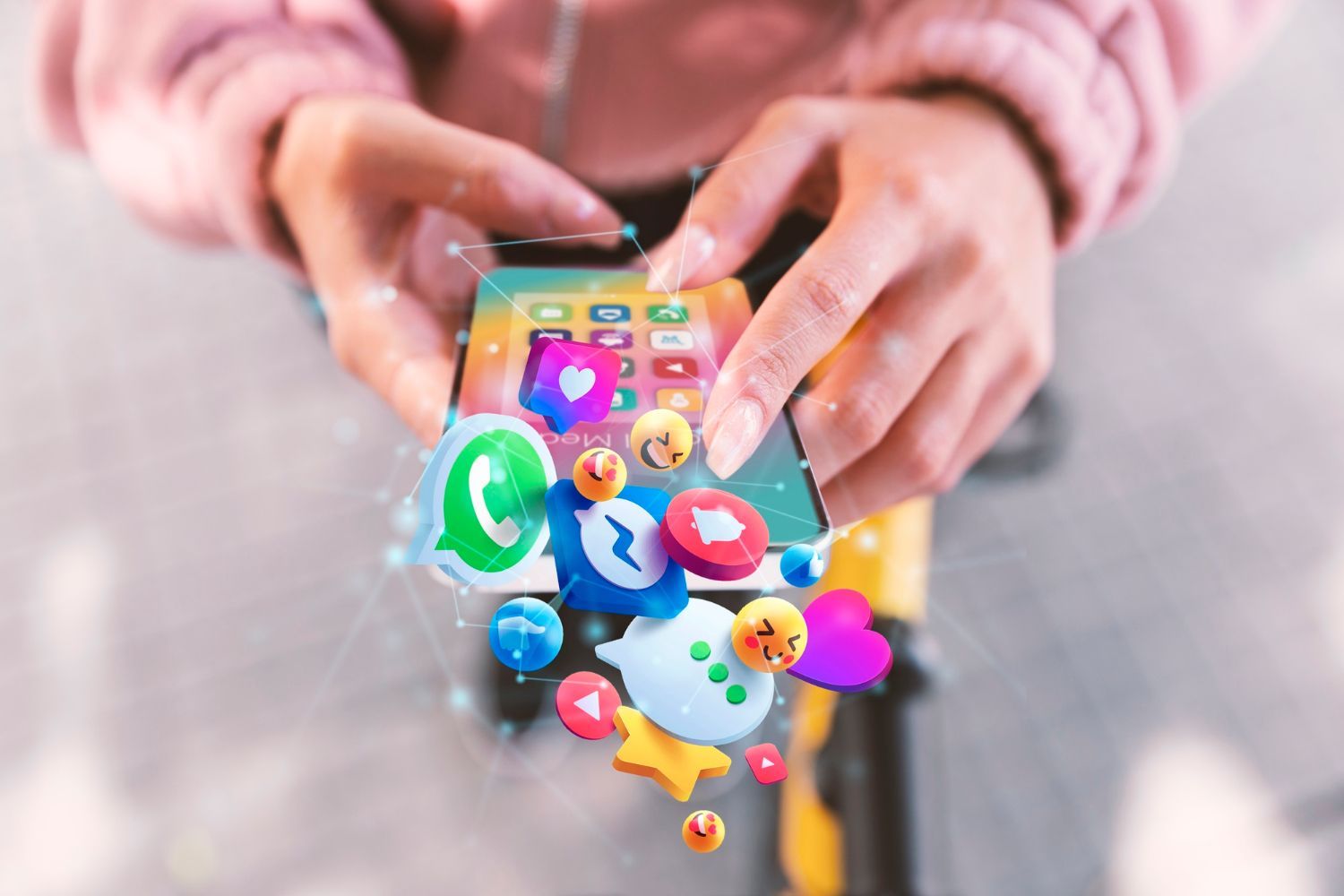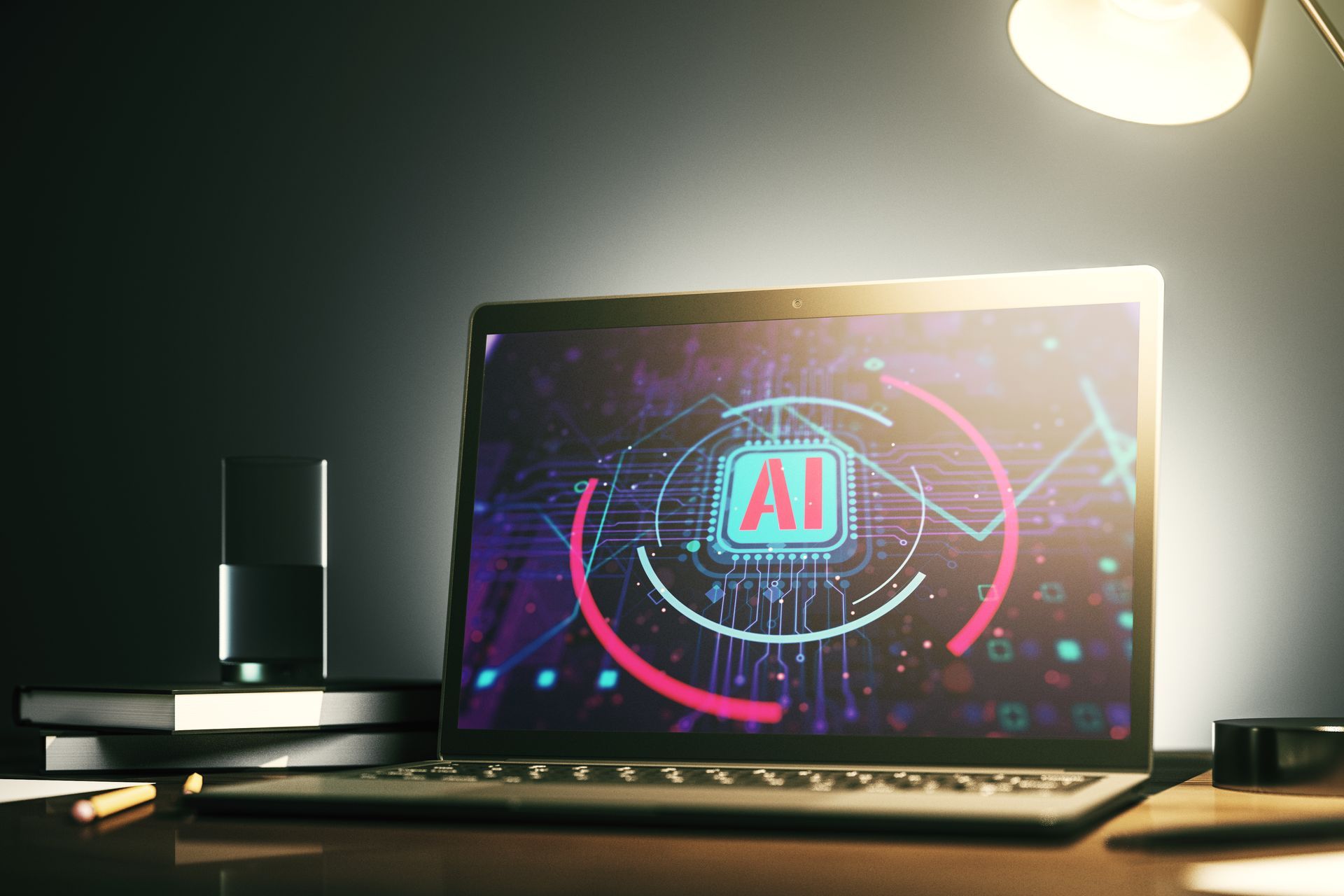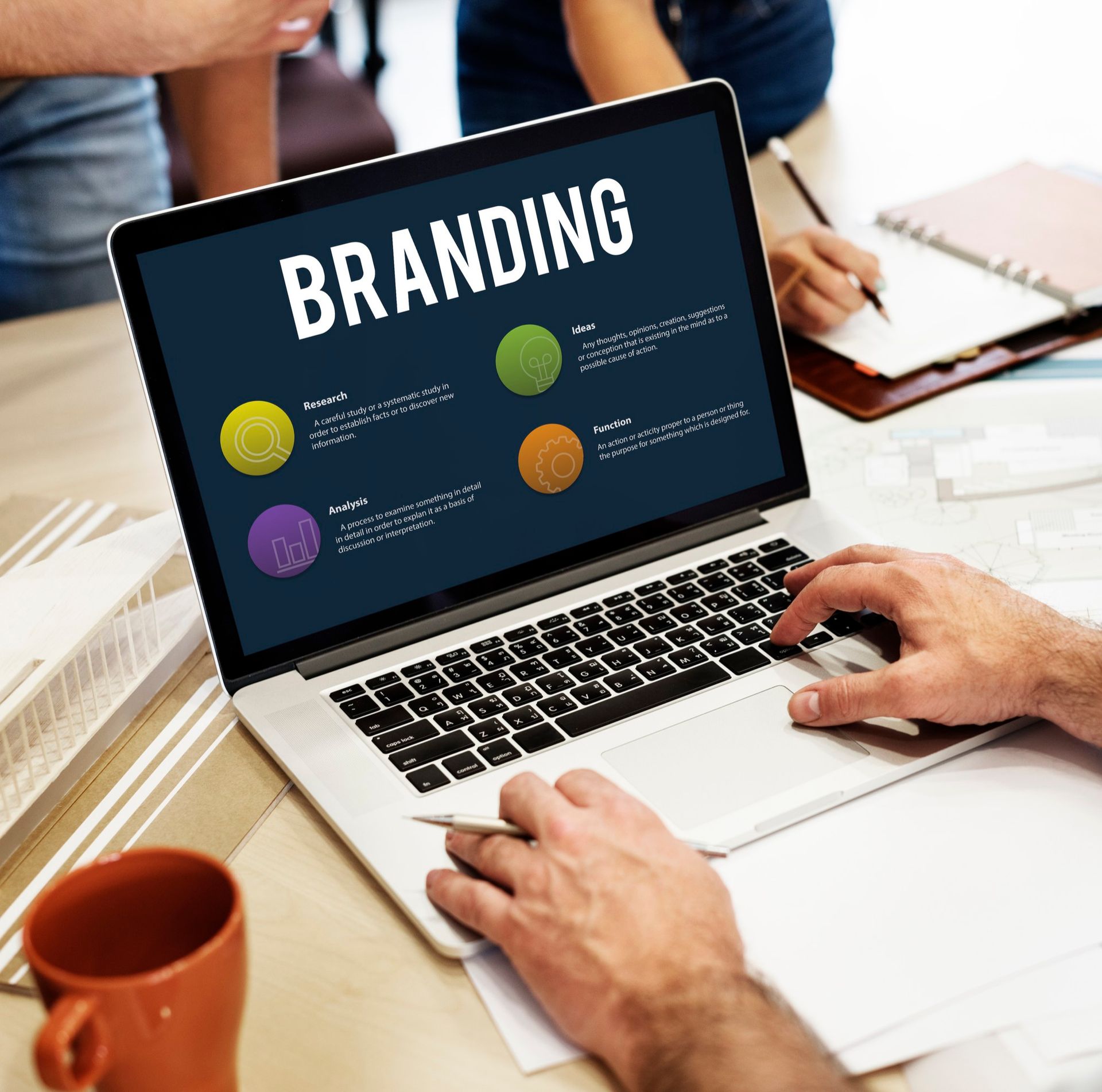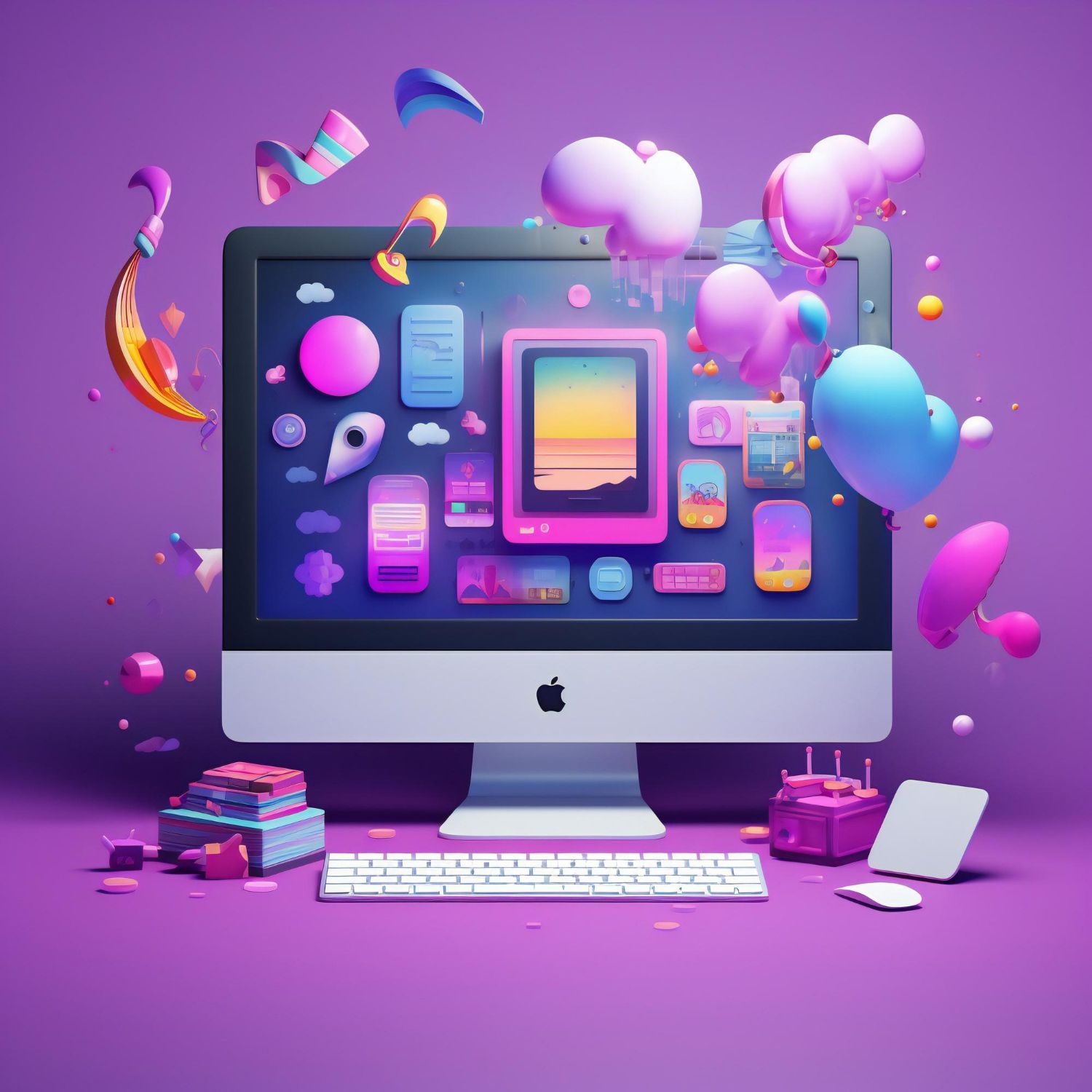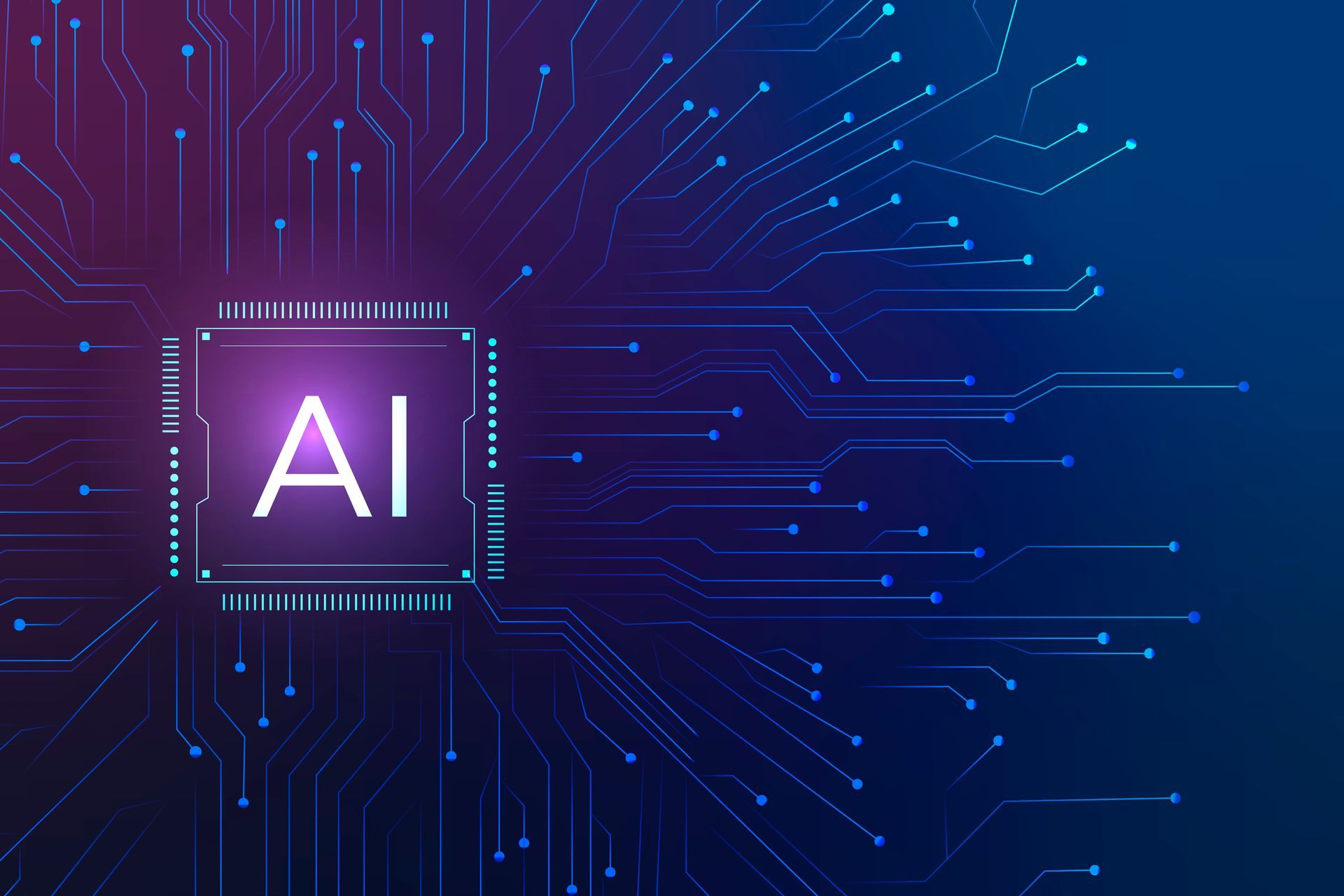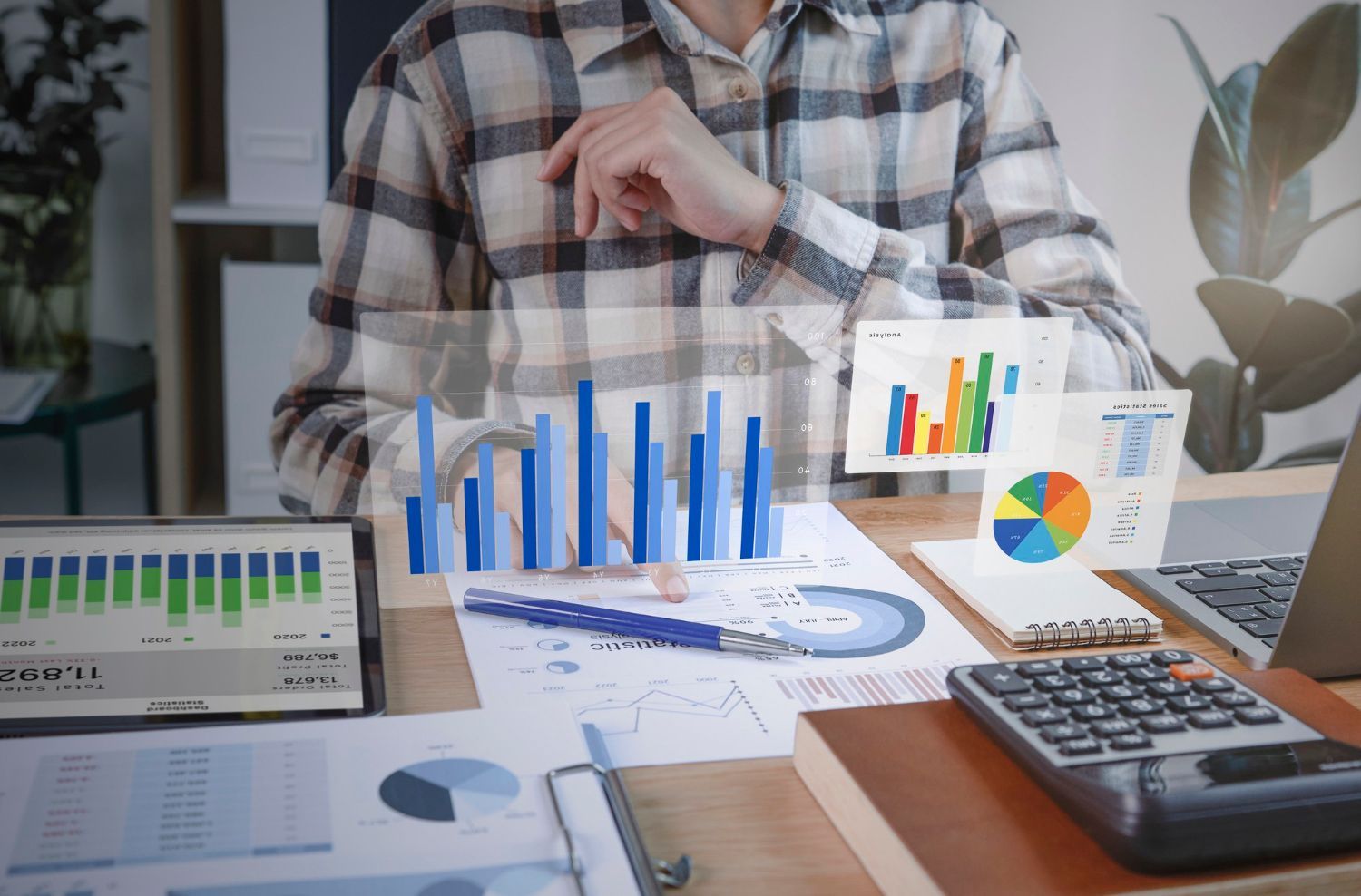The Role of AI in Modern Web Design & Marketing
1. Introduction
The Importance of AI in Web Design
In 2025, artificial intelligence is no longer futuristic fiction — it’s a foundational part of web design and digital marketing. AI helps tailor user experiences, automate tasks, and deliver smarter campaigns. But not all AI is created equal — done poorly, it can feel robotic or generic. In this post, you’ll learn how AI is transforming the digital landscape, what real value it can bring to your design + marketing mix, and how to leverage it (without losing your human touch).
2. Understanding AI in Web Design & Marketing
What do we mean by “AI”?
Here, AI means tools that use machine learning, natural language processing, and predictive analytics to perform tasks like personalization, content generation, image optimization, and campaign automation.
AI vs traditional systems
Traditional tools require manual setup and rules. AI tools adapt over time based on user data and feedback, enabling more dynamic behavior without constant human tweaking.
Areas AI is active today
- Content automation (writing portions of blogs, ad copy, meta descriptions)
- Image & media optimization (auto resizing, compression, smart cropping)
- Personalization (serving different page layouts or calls-to-action based on visitor profile)
- Prediction & targeting (forecasting customer behaviour and serving ads accordingly)
- A/B testing & optimization done at scale
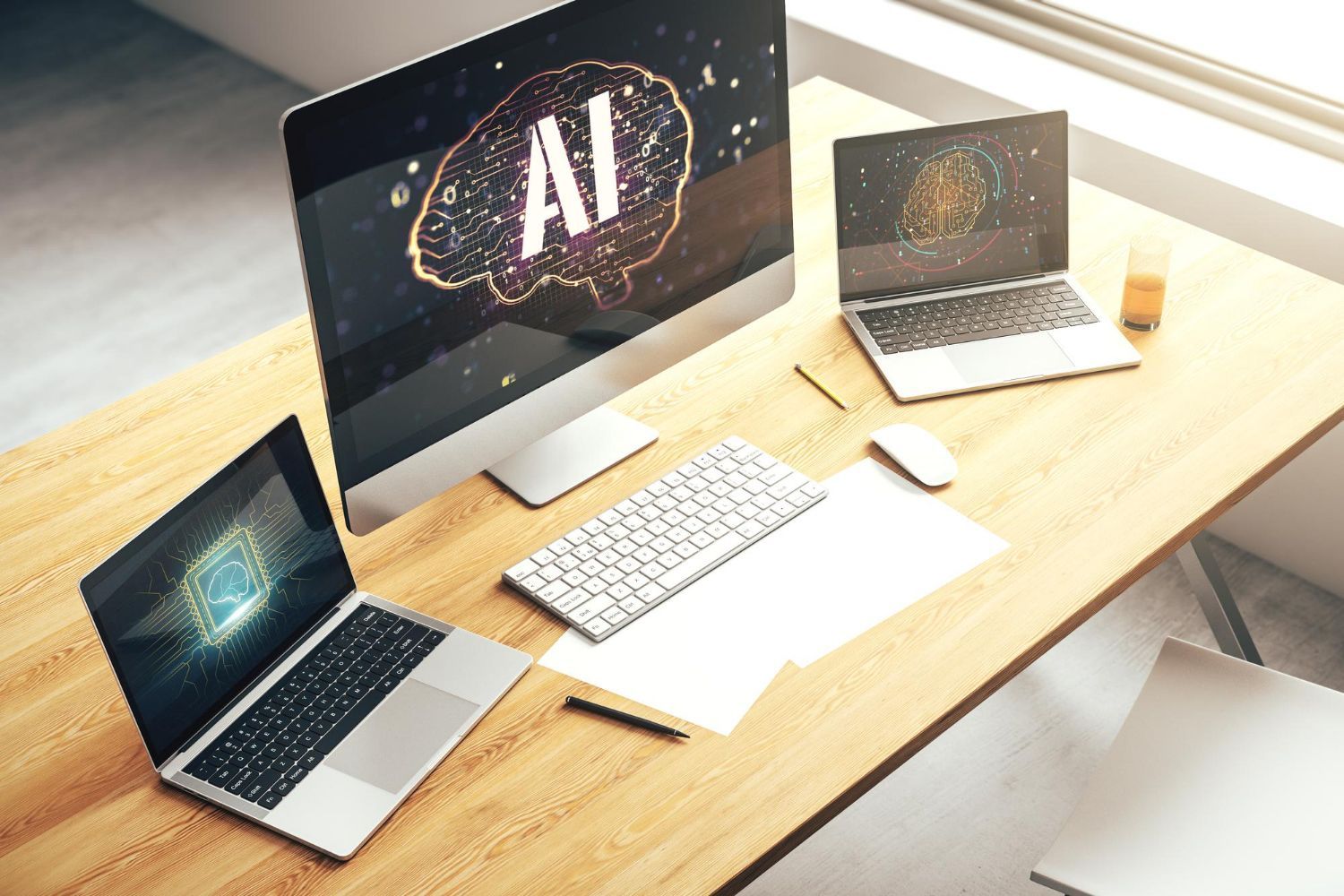
3. The Key Benefits of AI for Web & Marketing
Smarter personalization
AI can dynamically adjust what content or offers users see based on their browsing history, device, or location — driving engagement and conversions.
Efficiency & cost savings
Tasks that once took human time (e.g. writing headlines or testing layouts) can be handled by AI, freeing your team to focus on strategy and creativity.
Data-driven insights
AI tools identify patterns humans might miss — e.g. which visuals or words lead to better conversions in different segments.
Campaign scalability
You can create many campaign variations, test them automatically, and scale what works without manual effort.
Consistency across touchpoints
AI ensures your branding, tone, and messaging stay consistent across web, email, ads, and social without needing to micromanage every variation.
4. How to Plan an AI-Driven Design & Marketing Strategy
Define clear goals
Decide what you want AI to help you with: higher conversion rate? more leads? less manual work?
Audit your current data
AI can only perform well with quality data. Ensure your analytics, CRM, and tracking are clean.
Choose the right tools
Options include AI writing assistants (like GPT-based tools), personalization platforms, smart image tools (like automated cropping/optimizing), and AI ad campaign tools.
Start small & iterate
Pick one area (e.g. AI-powered landing pages or ad copy variation). Test, measure, refine.
Align with your branding
AI outputs need oversight to maintain your unique voice. Always review generated content before going live.
5. Implementing AI — Tools, Integration & Workflow
Popular tools & platforms
- AI content tools (e.g. Jasper, Copy.ai)
- Personalization engines (e.g. Optimizely, Dynamic Yield)
- Smart image & media tools (e.g. Cloudinary, ImageEngine)
- AI campaign tools (e.g. Google Ads Performance Max, Smart Bidding)
Integration with your stack
Integrate AI tools with your CMS, CRM, analytics, and ad platforms so they share data seamlessly.
Establish review & governance
Set up a human review process to ensure AI output adheres to brand voice and quality standards.
Team setup & roles
Have AI “champions” who understand how the tools work, along with designers, marketers, and editors collaborating closely.
6. Risks, Challenges & How to Mitigate Them
Generic or robotic content
AI-generated content can feel bland or overused. Always layer in your brand’s personality and human editing.
Privacy & data concerns
Using personalisation and predictive tools means handling user data carefully (GDPR, privacy, consent).
Over-reliance & losing creativity
Don’t let AI do all the work. Use it as an assistant, not as a replacement for your brand voice.
Tool lock-in & costs
Some AI tools are expensive or lock you into their ecosystem. Plan for alternatives or migration.
7. Measuring Success: KPIs for AI in Design & Marketing
- Conversion rate lift (e.g. contact form submissions, leads)
- User engagement (time on page, pages per session)
- Campaign ROI & cost per acquisition (CPA)
- A/B test wins vs control
- Reduction in manual effort (hours saved)
- Consistency metrics (brand sentiment, error rate in AI output)
Get In Touch today to start the process of building your new website.
0113 479 9000 | info@web-ignite.co.uk
Get In Touch.
Leave your details below and we'll get in touch as soon as possible.
Get In Touch


